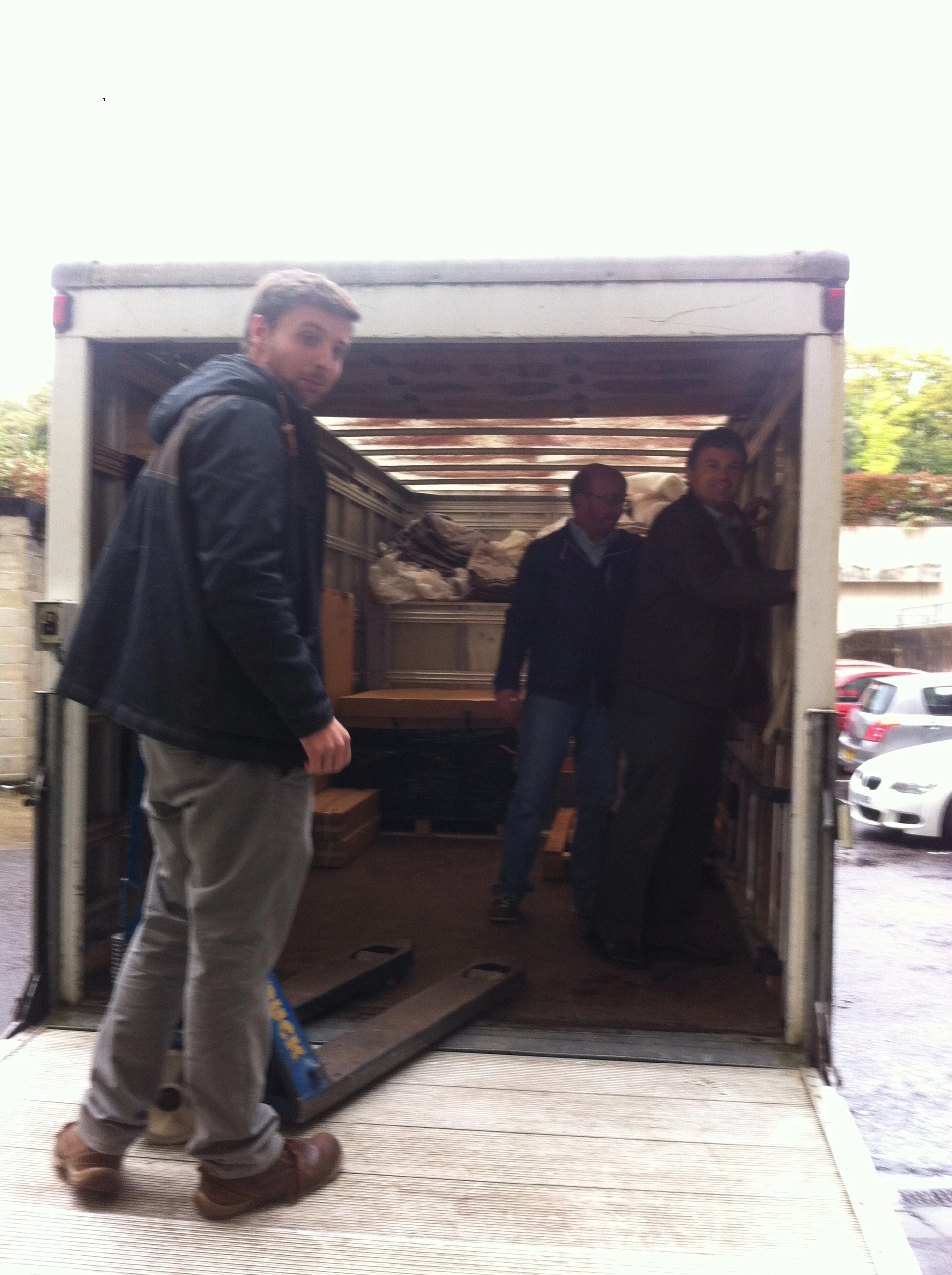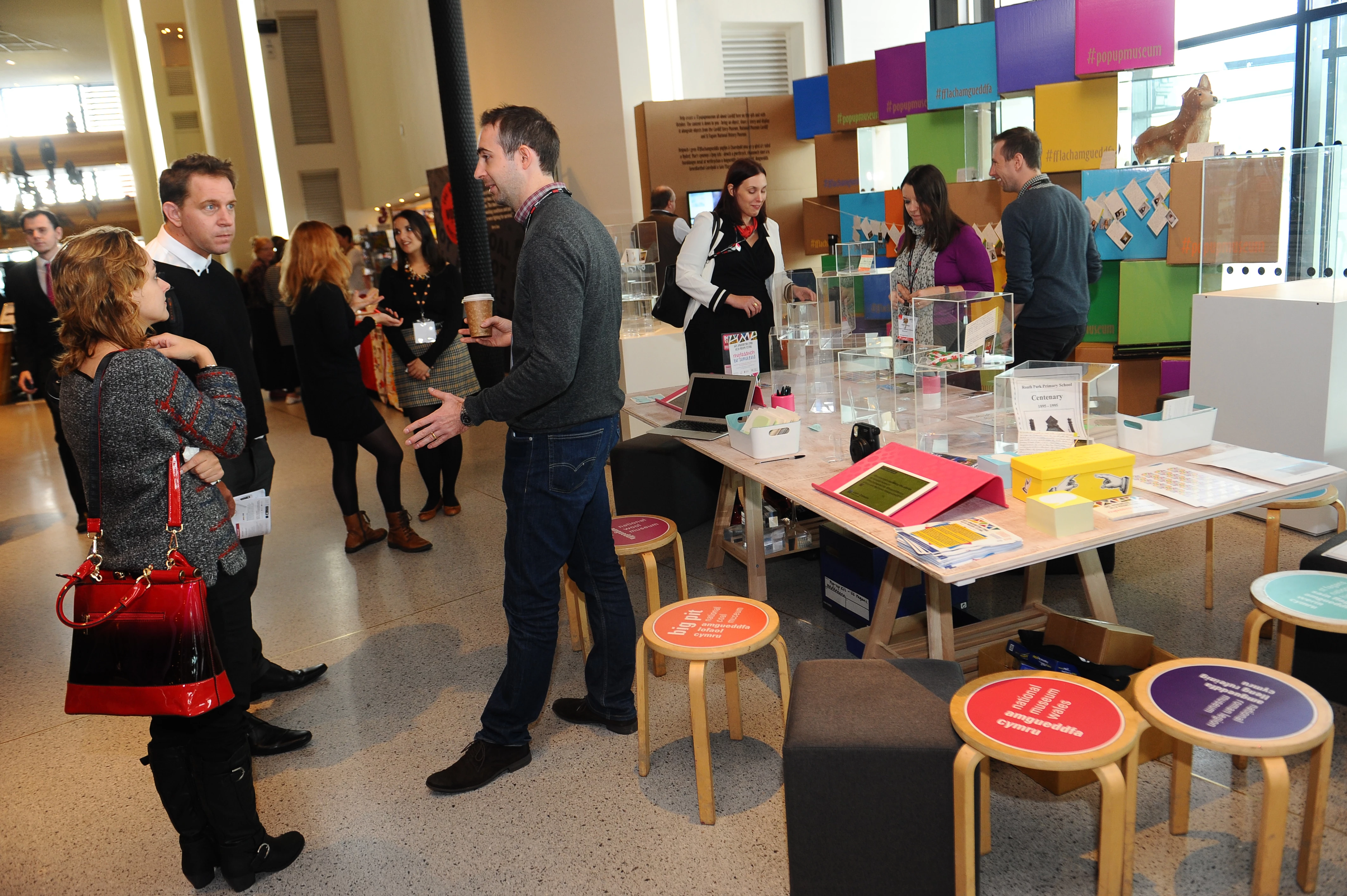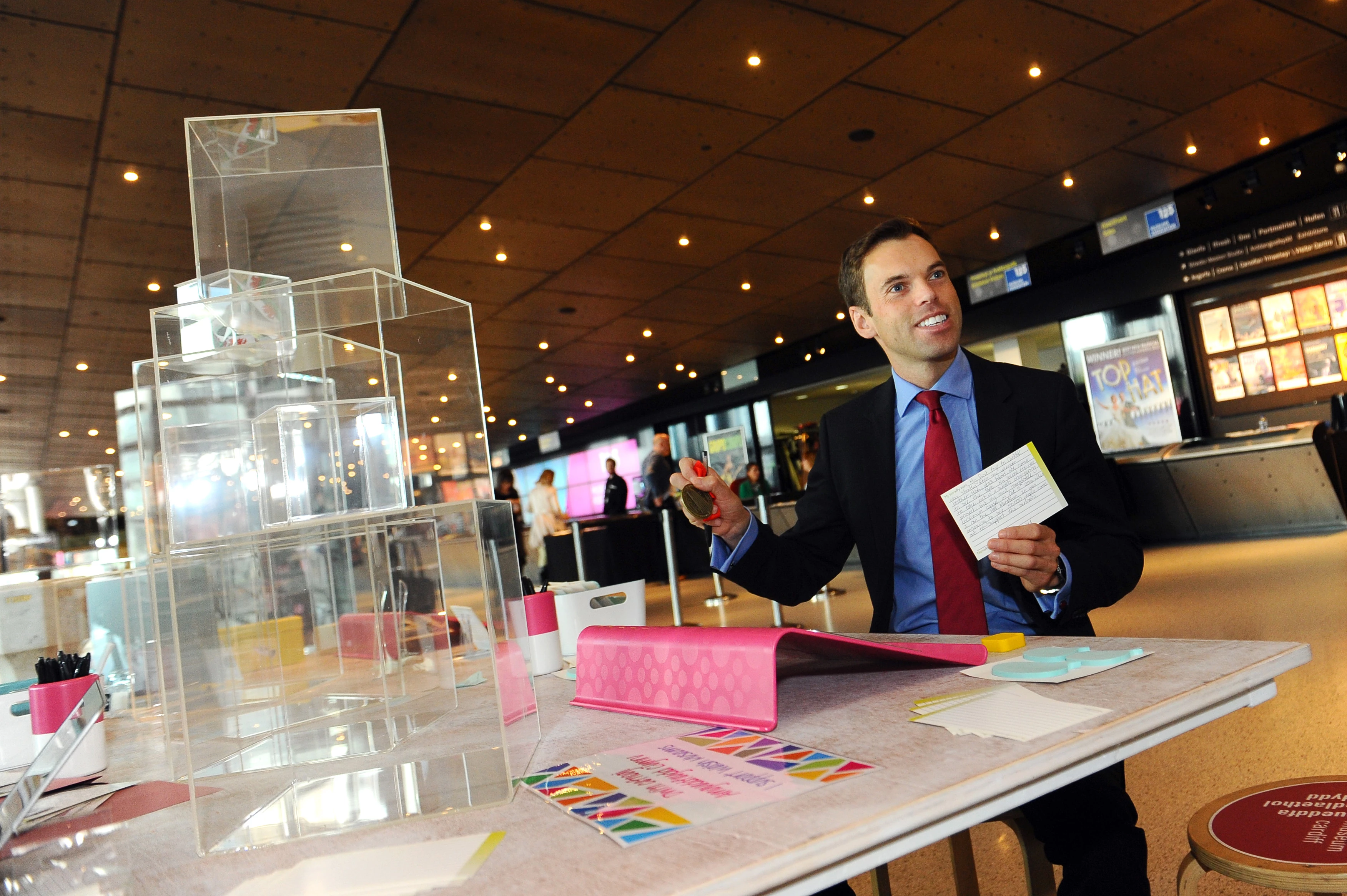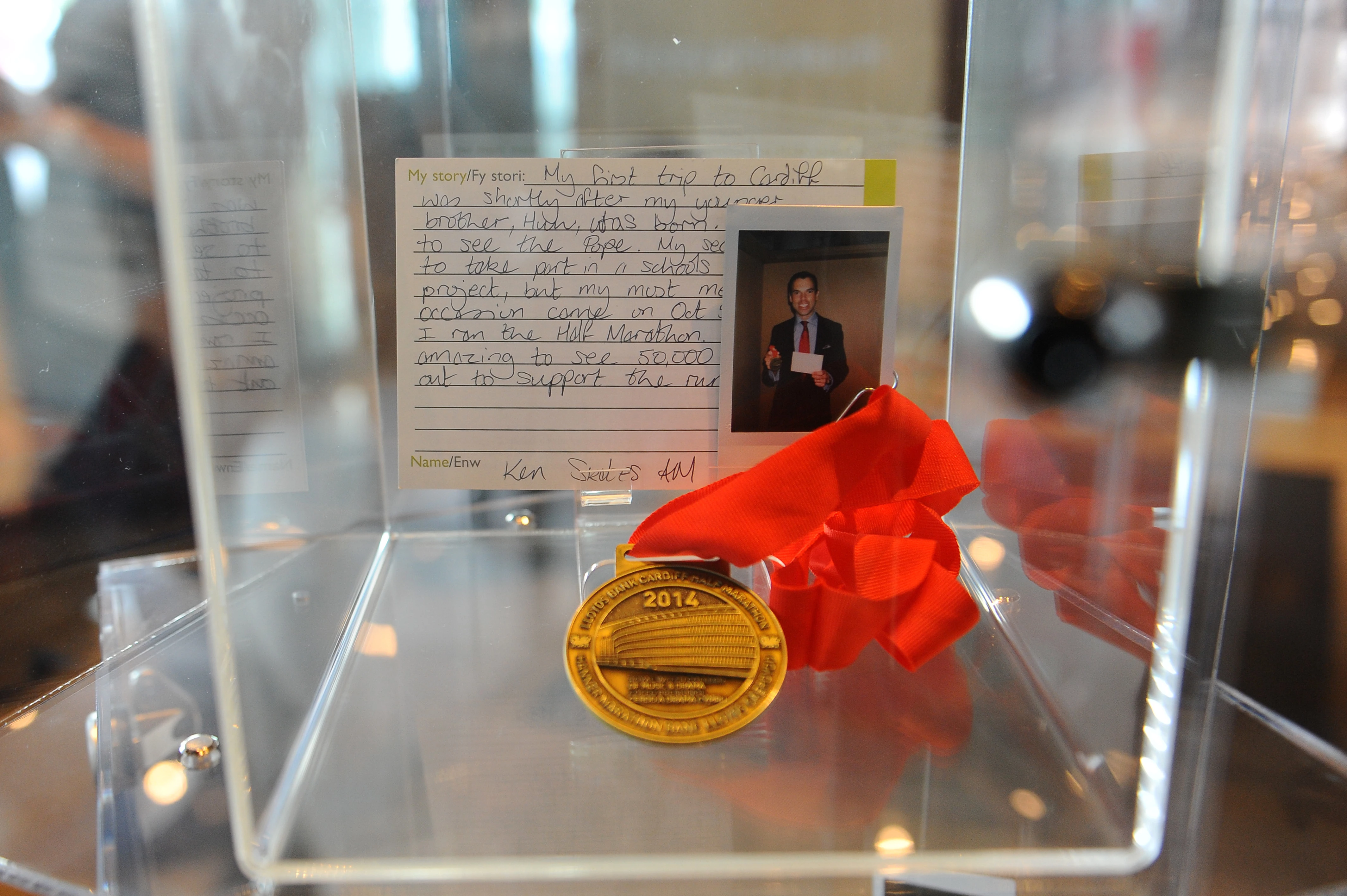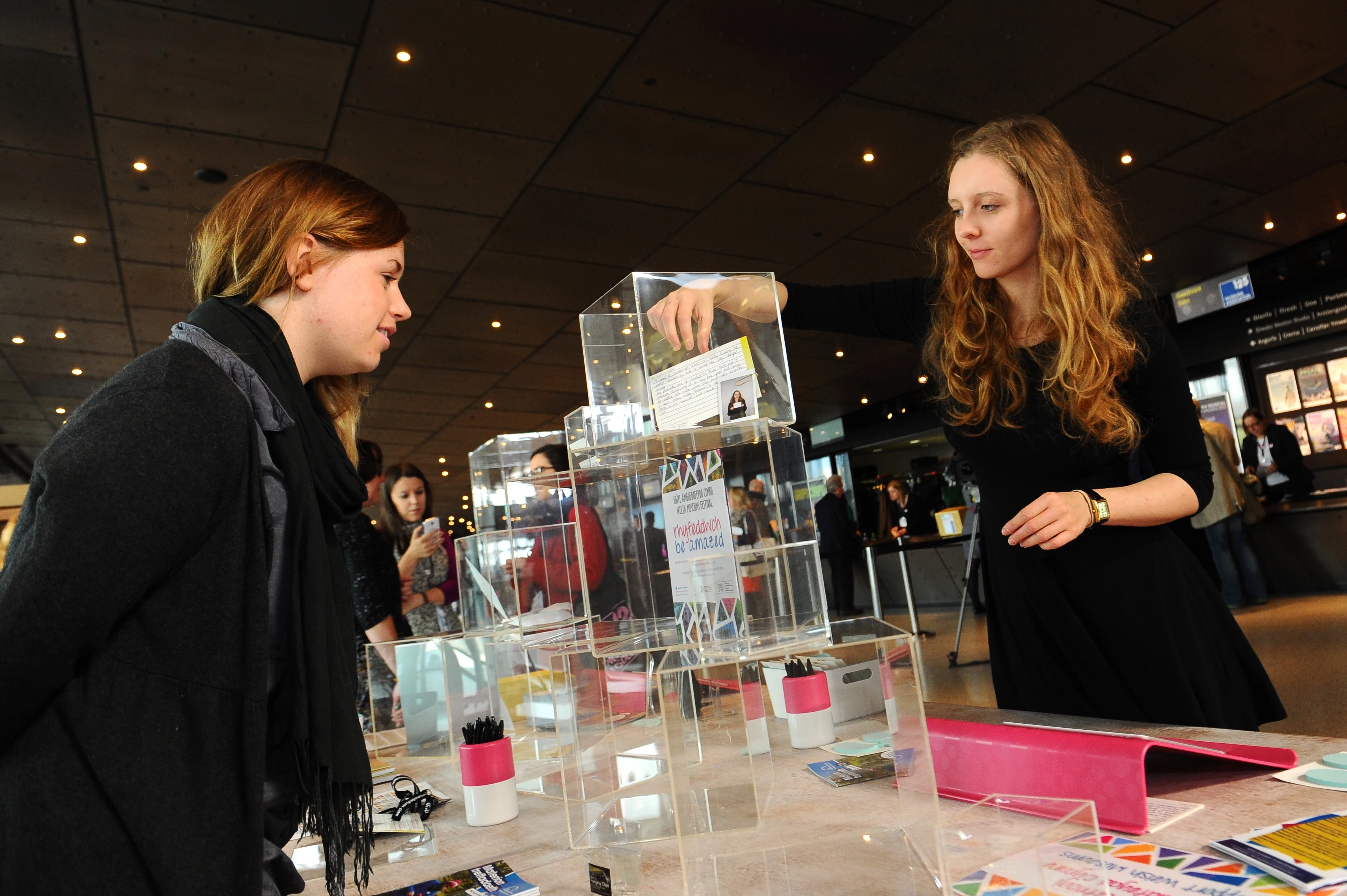Brinley Edmunds – Barry’s Boy Soldier
, 26 February 2015
On this day in 1917, Brinley Rhys Edmunds, an 18 year old groom from Barry, joined the army – one teenager among the 272,924 Welshmen who served during the First World War.
At the time, Brinley was living with his parents – Evan Edmunds and his Norwegian wife, Christine Sofia – at 7 Dunraven Street, a stone’s throw from the hustle and bustle of Barry Docks. On the 1911 census, his father’s occupation is listed as Railway Engine Driver. From the census, we also learn that he, along with two of his four siblings, was a Welsh speaker.
Brinley’s Record of Service Paper – the form he completed at a Cardiff recruiting office on 26 February 1917 – shows that he was initially assigned to the 59th Training Reserve Battalion. As you can see, the recruiting officer mistakenly noted his name as Brindley, rather than Brinley – an error replicated in all subsequent military records. The Service Paper reveals an intriguing twist to Brinley’s story. It appears that he had enlisted once before, with the 18th Battalion The Welsh Regiment, but was discharged for being underage:
Have you ever served in any branch of His Majesty’s Forces, naval or military? If so, which?
Yes 18 Welch Discharged under age 16-11-15
By my calculations, Brinley was born in November 1898, therefore he would have been 17 years old, or thereabouts, when he was discharged from the 18th Battalion. He probably joined-up at the age of 16, but I have been unable to trace any online documents relating to his time as an underage teenage tommy.
Frustrations aside, we’re fortunate to have several objects in the collection which were donated to the Museum by Brinley’s family in the late 1970s and early 1980s. They are among the most powerful and poignant of all the First World War collections in our care. Although undated, the postcard shown here was almost certainly written by Brinley when he served with The Welsh Regiment. In July 1915, the 18th Battalion moved to Prees Heath training camp in Shropshire. This novelty postcard, addressed to Brinley’s parents, includes a set of pull-out images of the camp.
In addition to the postcard, we also have a beautiful pincushion made by Brinley as a gift for his mother. The centre features the insignia of The Welsh Regiment and the motto Gwell Angau na Chywilydd (Better Death than Dishonour). We don’t know where or why Brinley made this pincushion, but it’s possible that he was given the material and beads in kit format to alleviate boredom or to focus his mind.
We recently showed the pincushion and postcard to children whose parents are serving in the Armed Forces today. Both objects will be displayed in the redeveloped galleries here at St Fagans, alongside contemporary responses generated through partnership work with the Armed Forces Community Covenant Grant Scheme. When asked to consider why Brinley may have made this pincushion for his mother, one young girl suggested it was his way of saying ‘I’m alive, don’t worry.’
Brinley Rhys Edmunds died on 5 September 1918 while serving with the Durham Light Infantry, a matter of weeks before the armistice and his twentieth birthday. He is buried at the Berlin South-Western Cemetery in Germany. With no grave to visit at home, his family preserved and displayed the pincushion under a glass dome. Like all families who lost a relative in the line of duty, Brinley’s parents received a bronze memorial plaque in recognition of his service, inscribed HE DIED FOR FREEDOM AND HONOUR BRINDLEY RYHS EDMUNDS – the error made by the Cardiff recruiting officer compounded by the misspelling of his middle name, Rhys.
Remember, you can now access the Museum's First World War collections online. We'd love to hear from you if you have further information about Brinley Edmunds, or any other person or family represented in the collections.
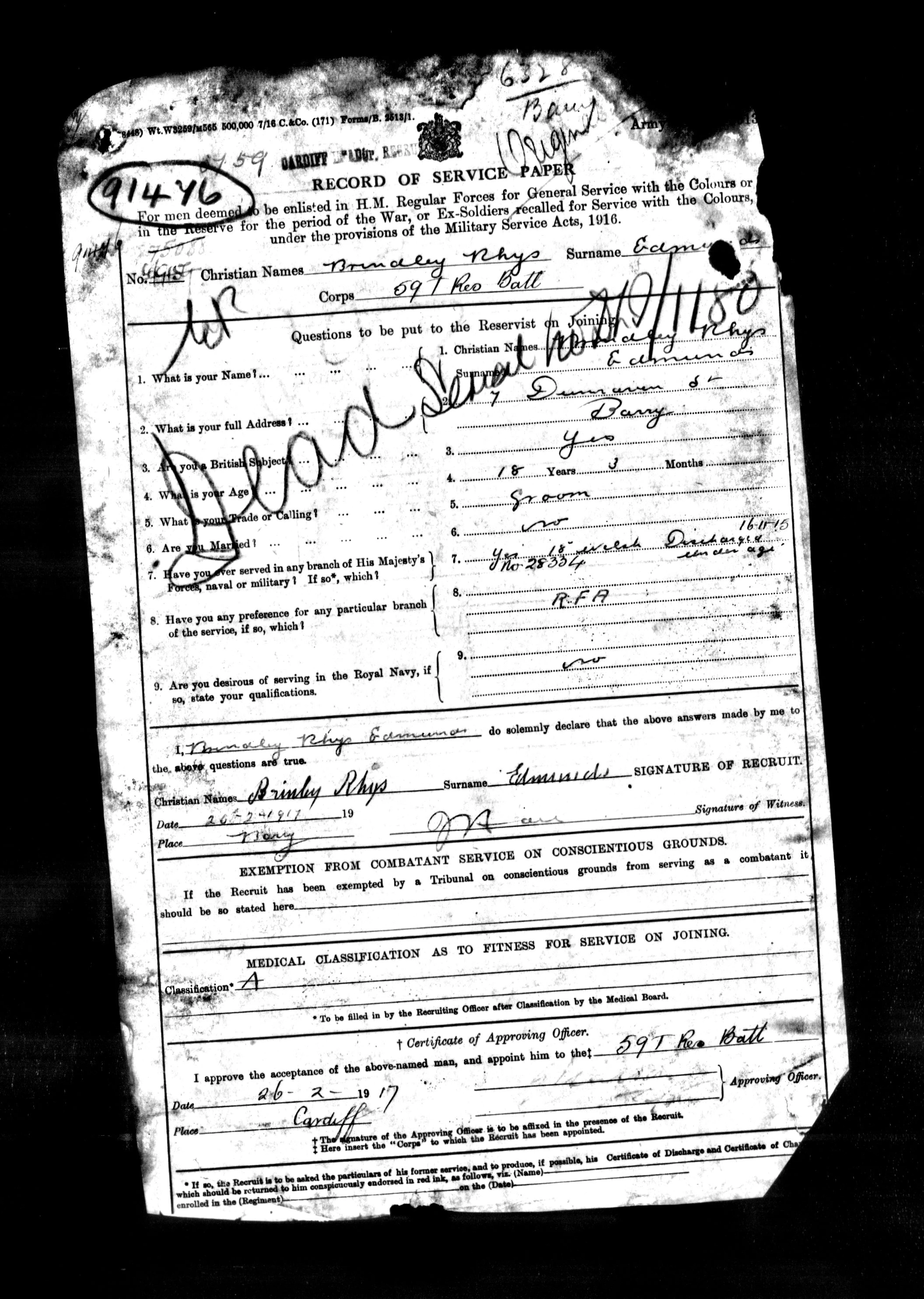
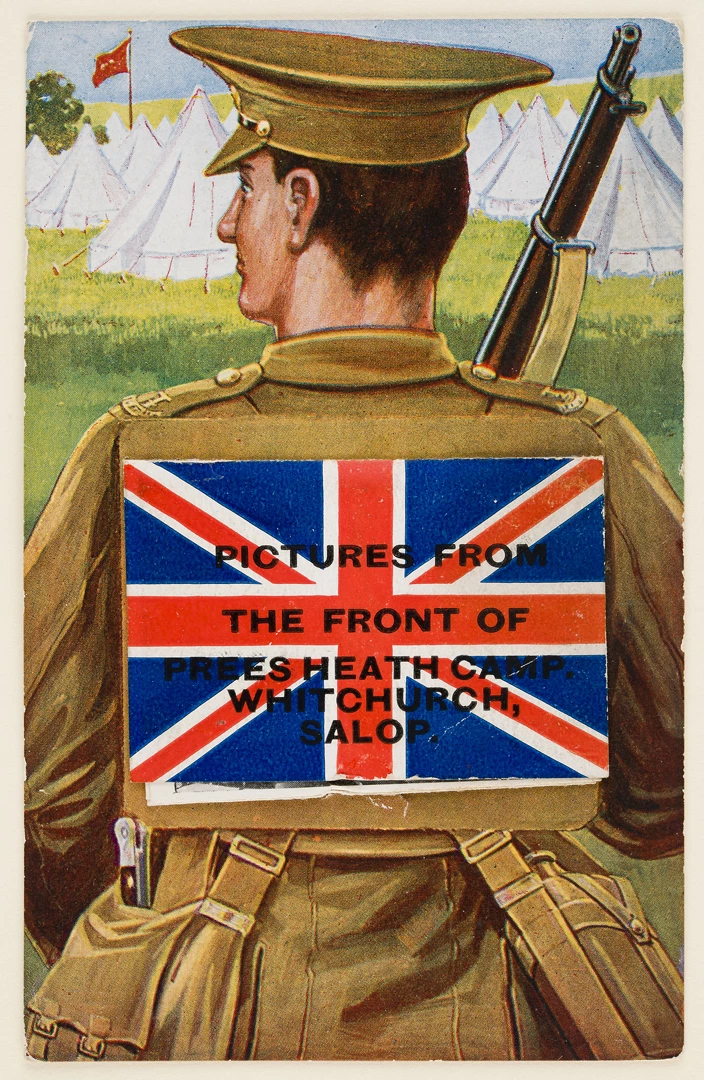
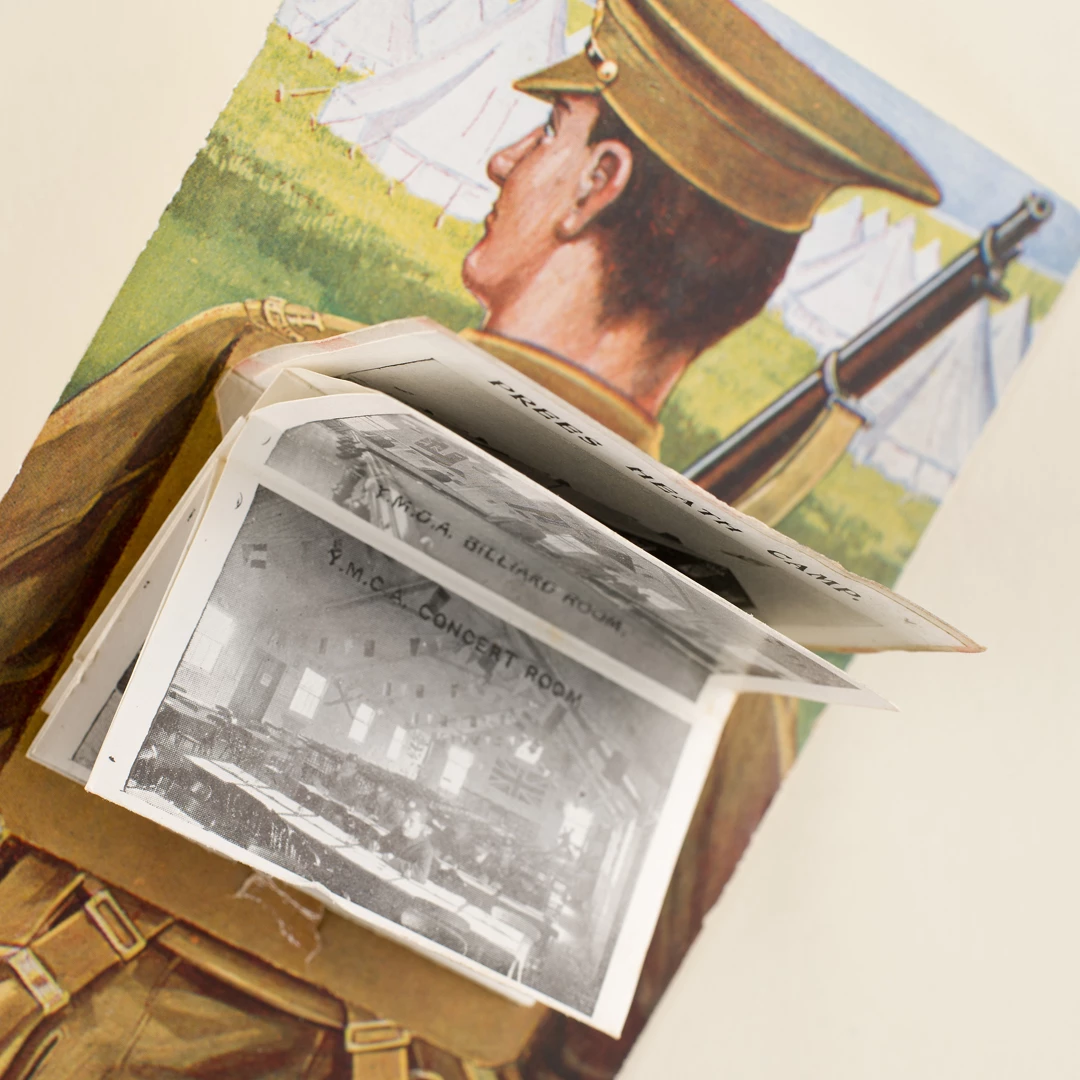
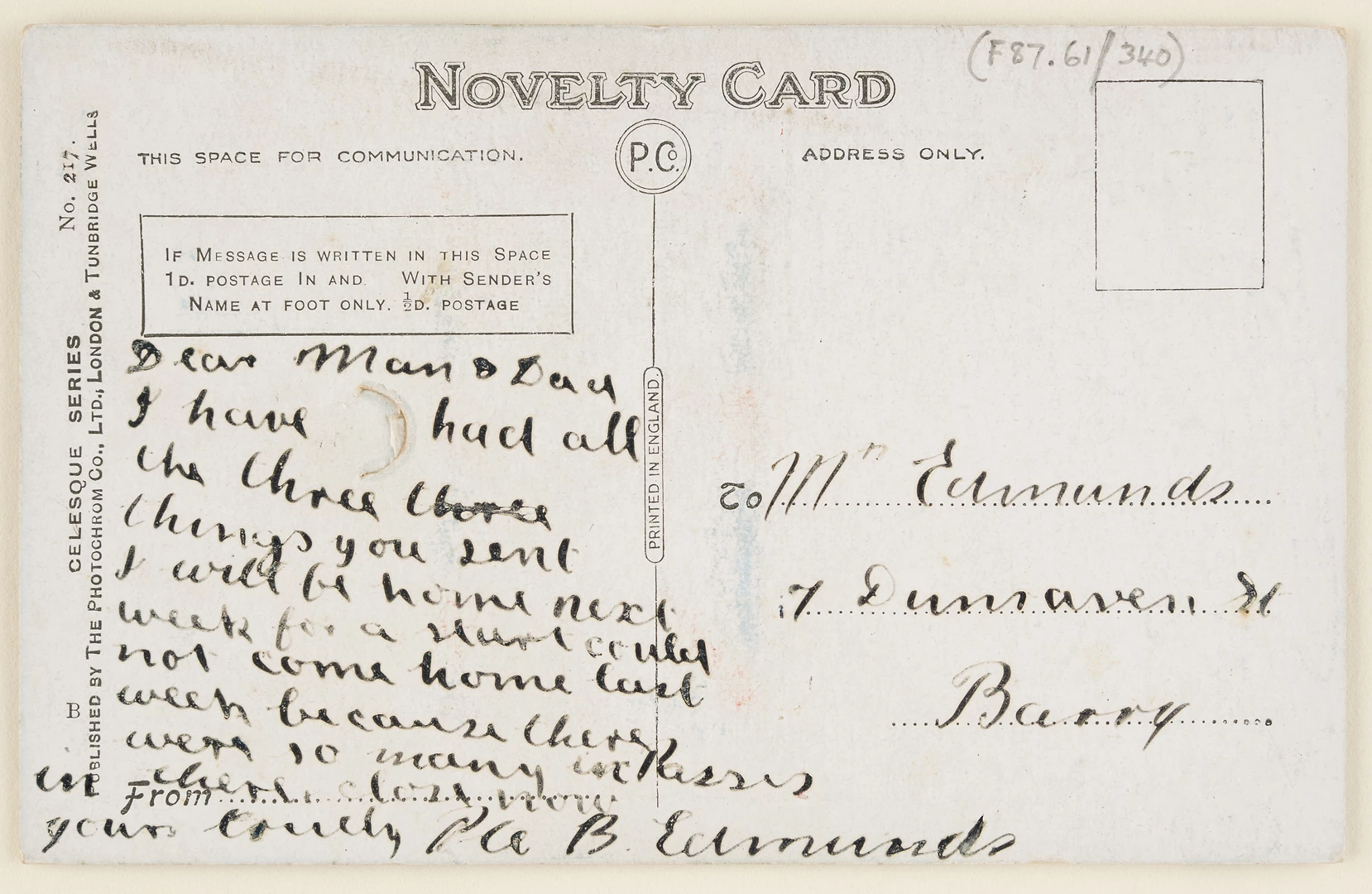
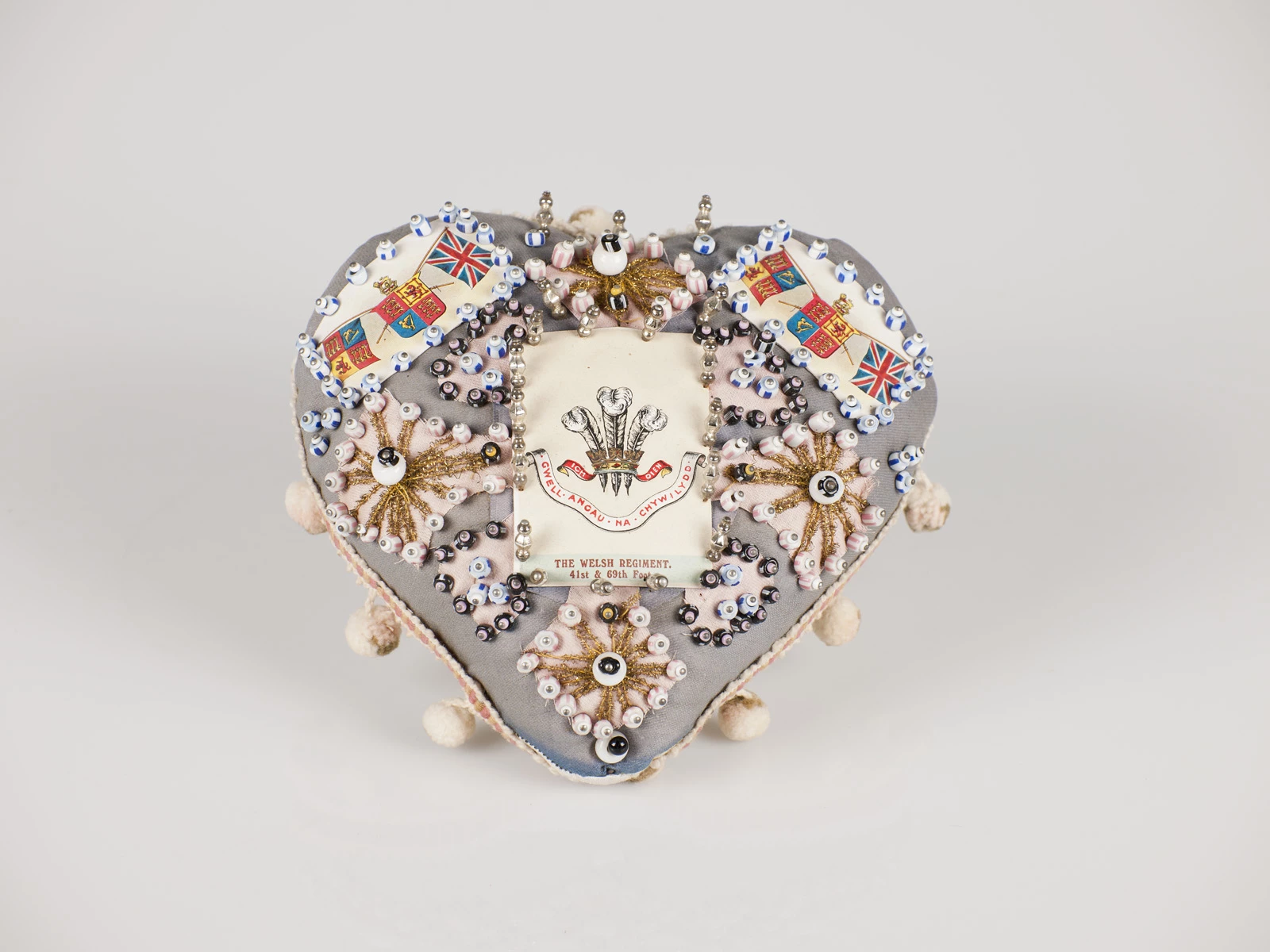
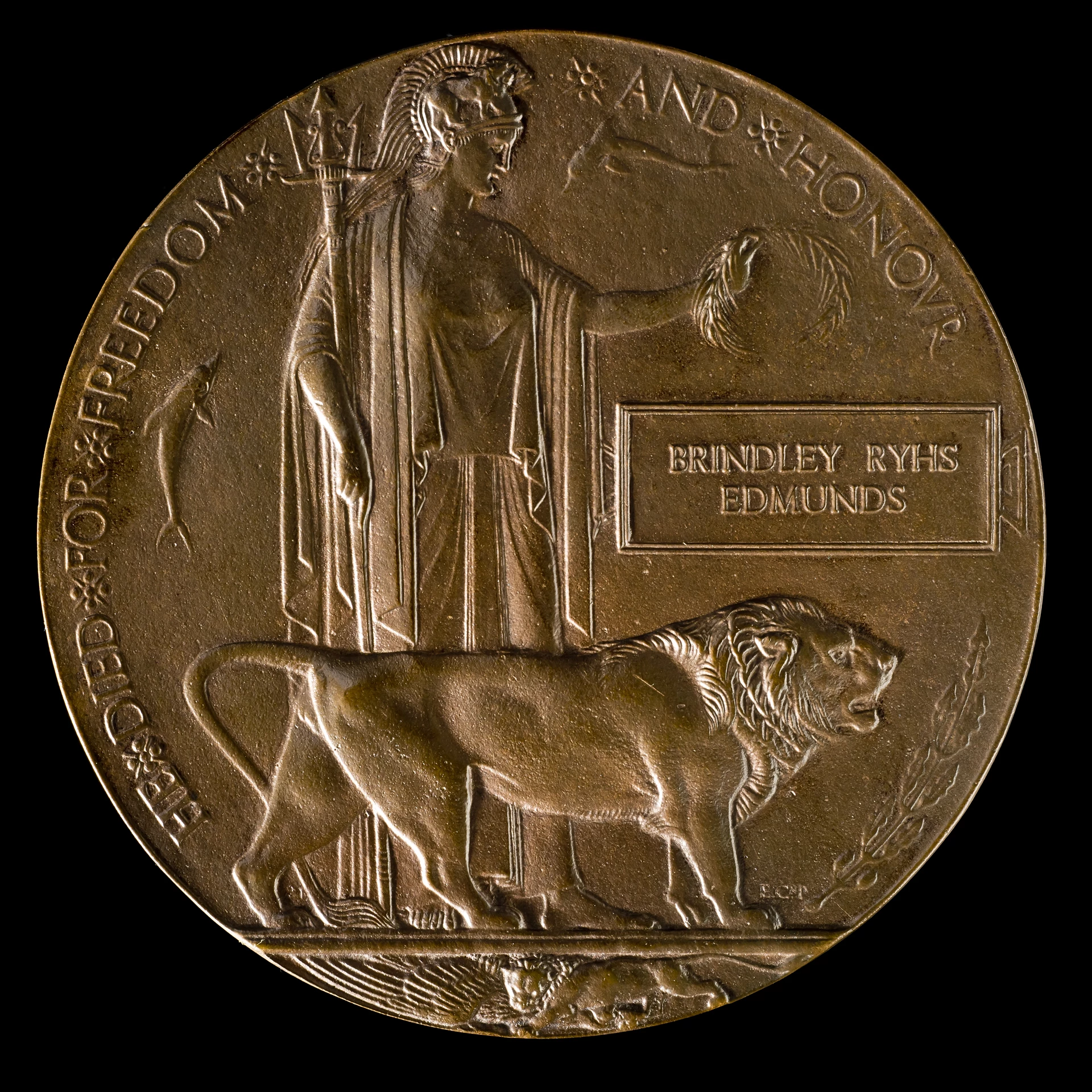
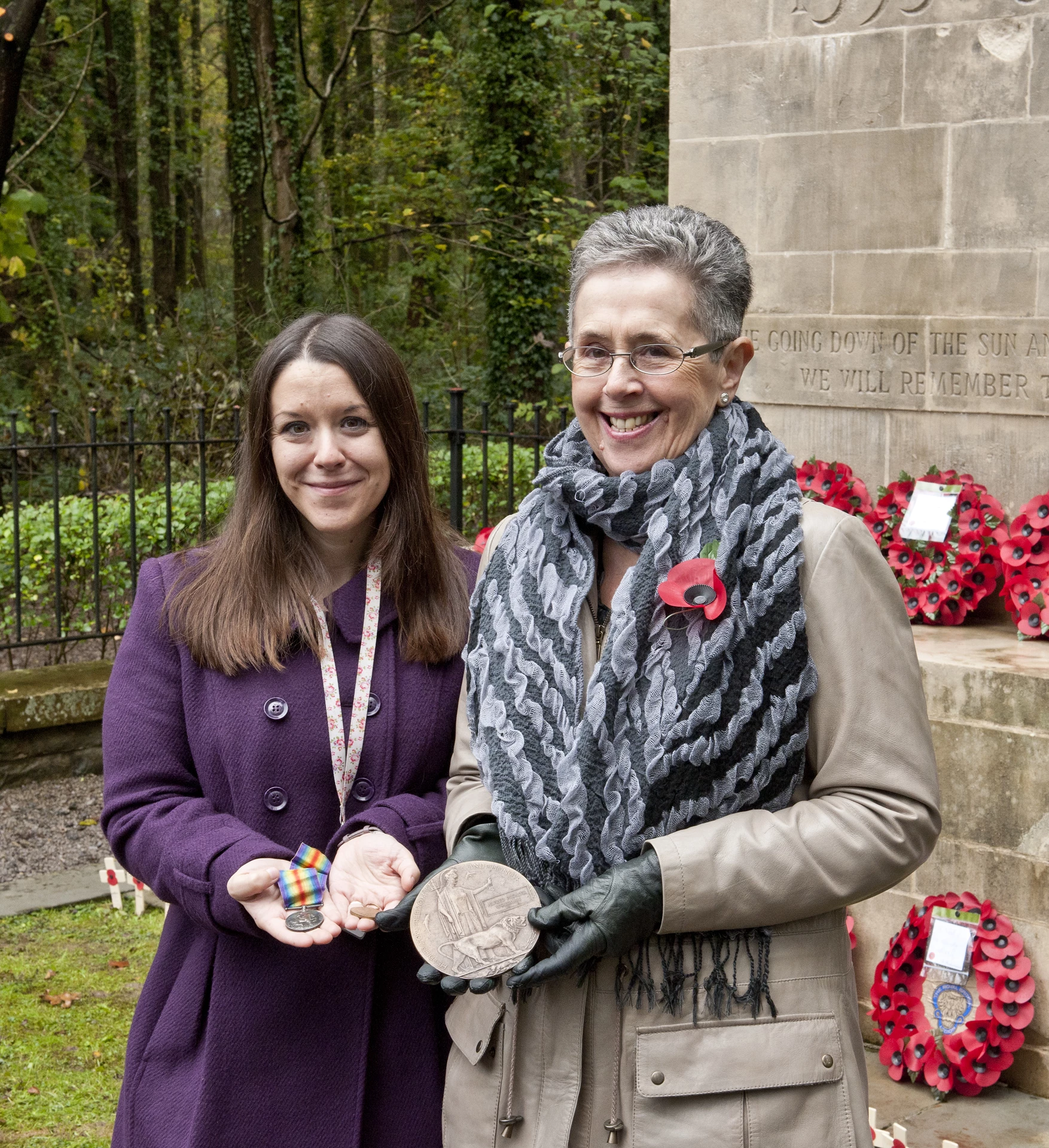

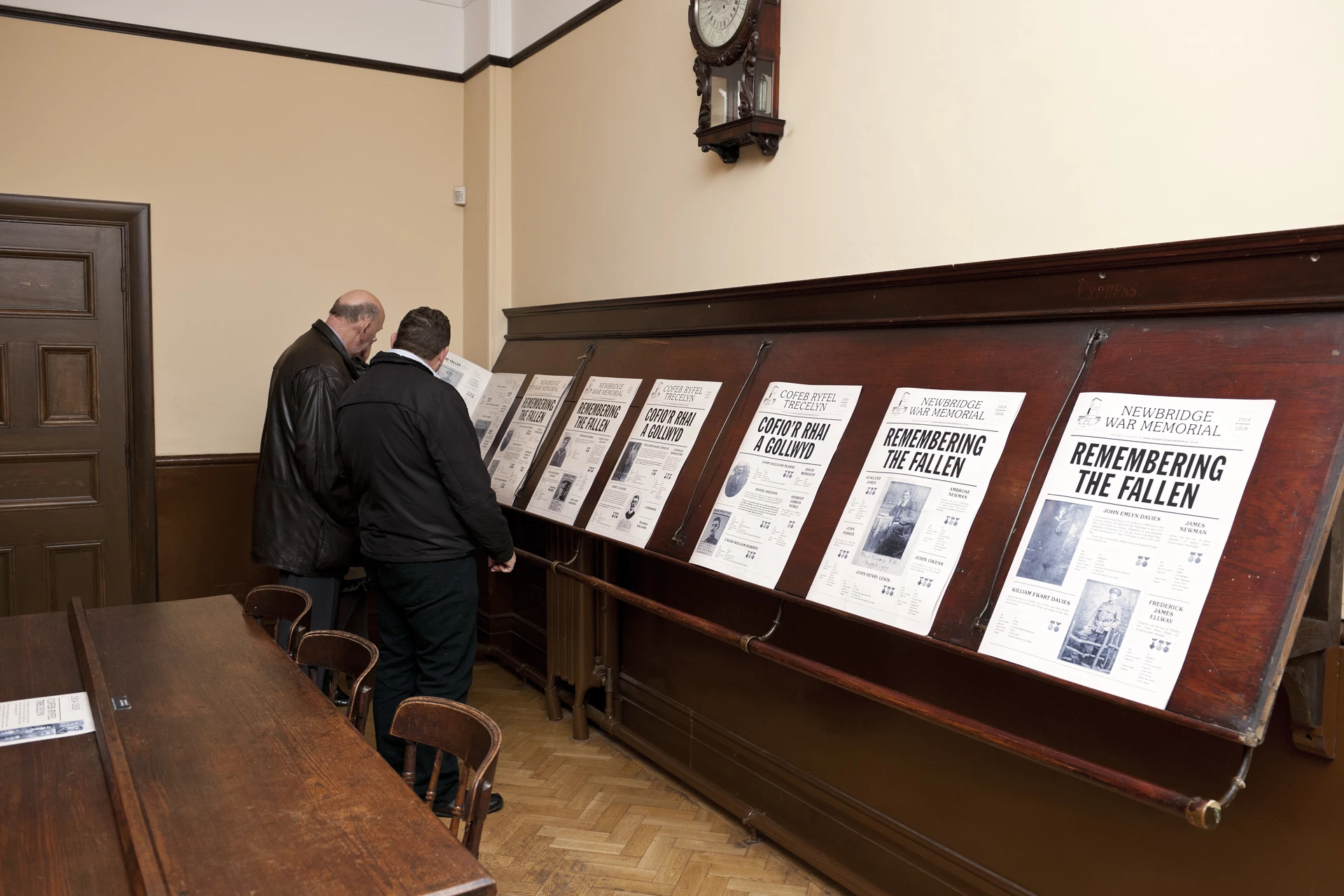
.webp)
.webp)
.webp)
.webp)





